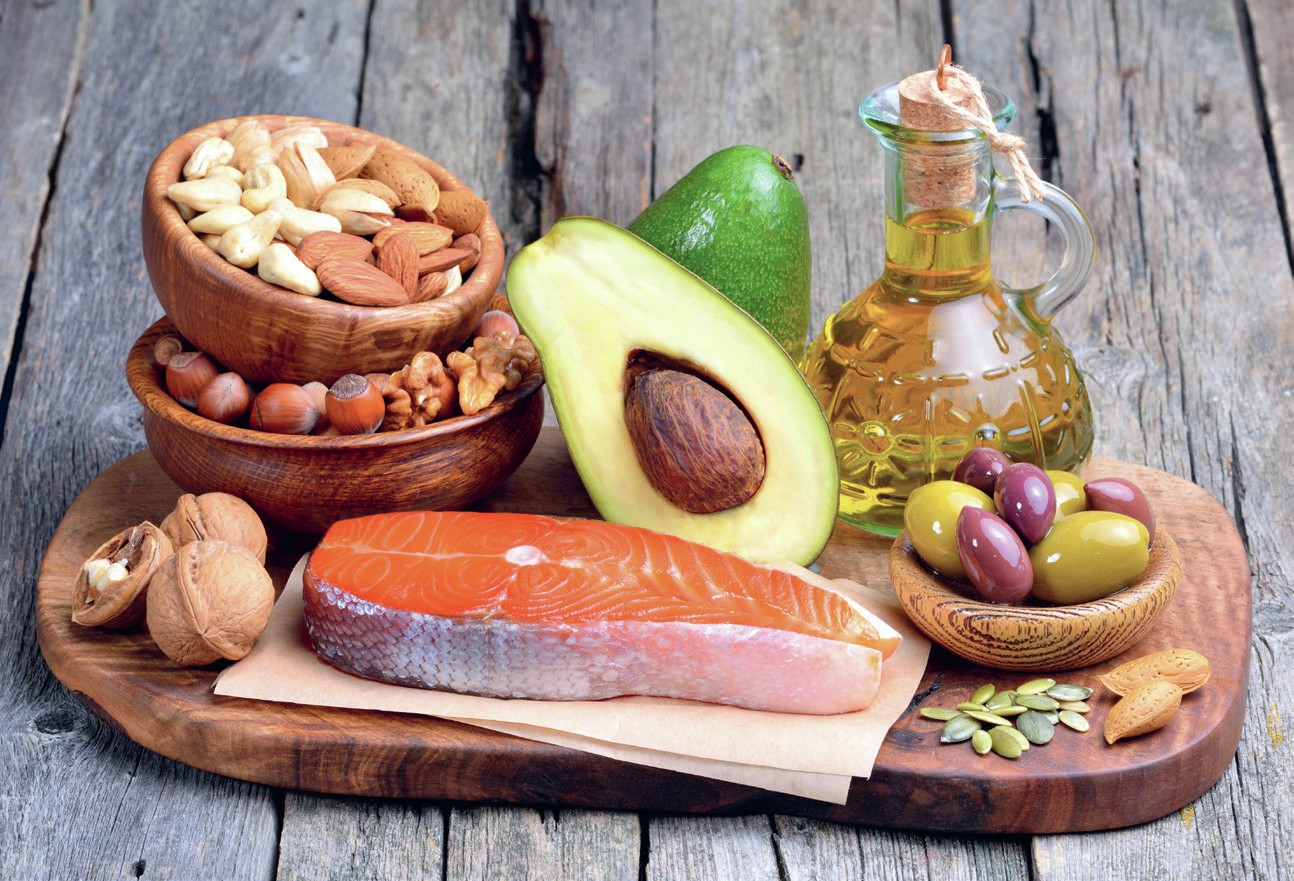
Triglycerides form the bulk of the lipids we eat. Once in our digestive systems, these fats are contained within an aqueous mixture of enzymes and other food stuffs. Triglycerides are virtually insoluble in water, which would normally slow their breakdown by enzymes.
In the small intestine, large aggregates of triglycerides are broken down into smaller particles that can be held in suspension. This process is called emulsification. It is brought about by the action of bile, produced in the liver, stored and secreted by the gall bladder. Following emulsification, pancreatic lipase can digest the triglycerides into monoglycerides, fatty acids and glycerol (Figure 1). Orlistat – amedication used to treat obesity – works by inhibiting lipase, resulting in little digestion or absorption of lipids.
Your organisation does not have access to this article.
Sign up today to give your students the edge they need to achieve their best grades with subject expertise
Subscribe




